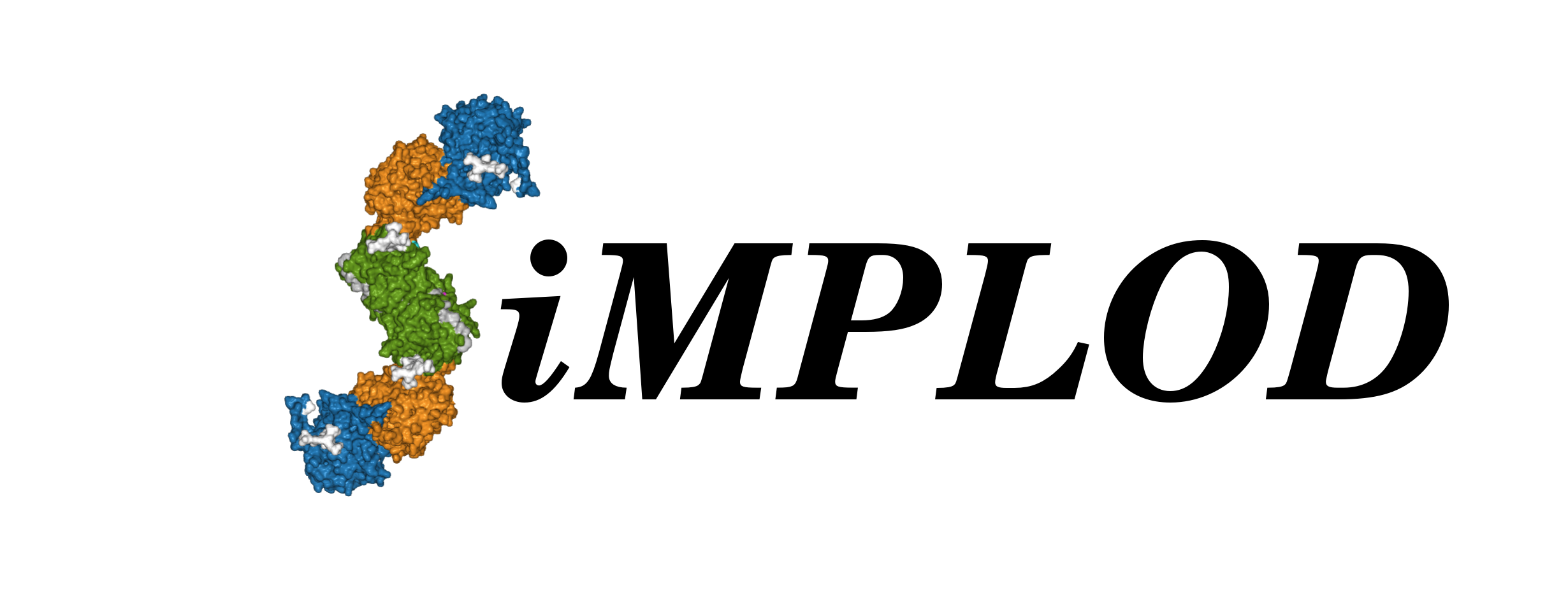 About
Contact
References
Structures
Adv. Search
Stats
Demo
About
Contact
References
Structures
Adv. Search
Stats
Demo
| LH3 CYS691ALAFS | ||
| SiMPLOD ID |
SiMPLOD3-260 | |
| Isoenzyme |
Lysyl Hydroxylase 3 (human) - UniProt - Full Info | |
| Nucleotide mutation |
PLOD3 NM_001084.4:c.2071del - NCBI RefSeq NCBI SNP: rs786205872 NCBI ClinVar: 6644 |
|
| Mutation type |
Pathogenic | |
| Disease Phenotype |
Connective tissue disorder (bone fragility with contractures, arterial rupture, and deafness, resembling to osteogenesis imperfecta) Link1 | |
| Clinical Databases |
OMIM: 612394 Orphanet: ORPHA:300284 ICD-10: Q78.0 MeSH: C567320 | |
| Evidence at protein level |
Warning: this variant incorporates a premature truncation of the aminoacid sequence at residue 691, and may result in misfolding and/or complete absence of the enzyme. This variant is EXTREMELY UNLIKELY to be compatible with a folded LH enzyme. The representation shown in the structure viewer is therefore for mere display purposes and does not refer to an actual predicted existing protein product. |
References |
Salo et al., 2008 - DOI - PubMed | Notes from publications |
Salo et al. reported of a male sibling stillborn at 28 weeks gestation with one nucleotide deletion c.2071delT. The mutation cause a translational frameshift generating a premature translational stop codon in the sequence (p.Cys691AlafsX9). Clinical features are described. The patient was also characterized by the heterozygous nucleotide transition c.668A/G (Asn223Ser). If expressed, the resulting protein would lack of almost all the b-barrel constituting the lysyl-hydroxylase domain. |
| Structural Observations |
||
| Last Update |
2021-06-23 08:38:51 | |
|
The three-dimensional visualization is currently based on the homology model of full-length, dimeric human LH3 (generated using the crystal structure of full-length human LH3 as template). You may select a different PDB model file to visualize the mutation(s) using the drop-down menu below (page will refresh): |
||
Thank you for using SiMPLOD - Created by Fornerislab@UniPV Follow @Fornerislab - Last curated update: 1970-01-01 00:00:00
We truly hate messages and disclaimers about cookies and tracking of personal info. But don't worry, we don't use any.